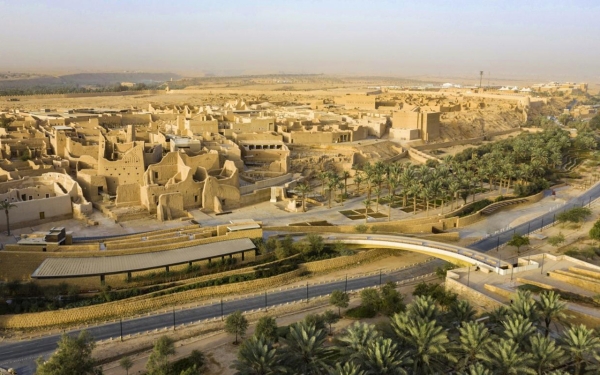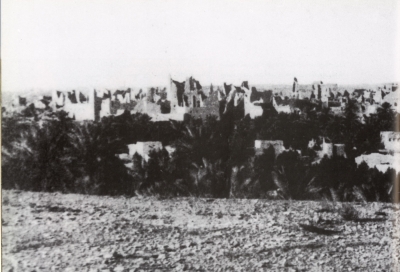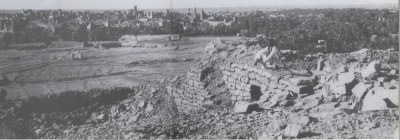

The designation "Diriyah" is derived from the fact that Mani' Ibn Rabi'a al-Muraydi, the ancestor of the Saudi family, lived with his relatives in the eastern Arabian Peninsula, settling in a place called Diriyah near the town of al-Qatif. In 1446, he corresponded with a relative named Ibn Dir' who held influence in al-Yamama. As a result of their correspondence, Mani' and his family moved from the eastern Arabian Peninsula to Wadi Hanifah. Upon reaching this valley, Ibn Dir' granted him two lands, al-Mulaibid and Ghusaibah, which later became known as Diriyah, either to commemorate Mani' and his relatives' original settlement near al-Qatif or in reference to Ibn Dir'.
This is confirmed by what was mentioned by the Custodian of the Two Holy Mosques, King Salman Bin Abdulaziz Al Saud, in his book The Historical and Intellectual Foundations of the Saudi State, where he said that the ancestors of Al Saud returned to al-Yamama region when they were invited by their cousin, Ibn Dir'. Mani' al-Muraydi, the ancestor of this family, moved from his town called Diriyah in the eastern Arabian Peninsula to the new Diriyah, which was granted to them in two locations, Ghasibah and al-Mulaibid. These areas were later named with the old and new name (Diriyah), named after the Duru' tribe of Banu Hanifah, in 1446.
The establishment of Diriyah marked a political turning point as it applied the theory of the city-state, which was prepared for expansion over time. This was on the banks of Wadi Hanifah, and it became the capital of the First Saudi State in 1727. It is located twenty minutes northwest of Riyadh City, approximately twenty km away.
Related quizzes
Related articles

